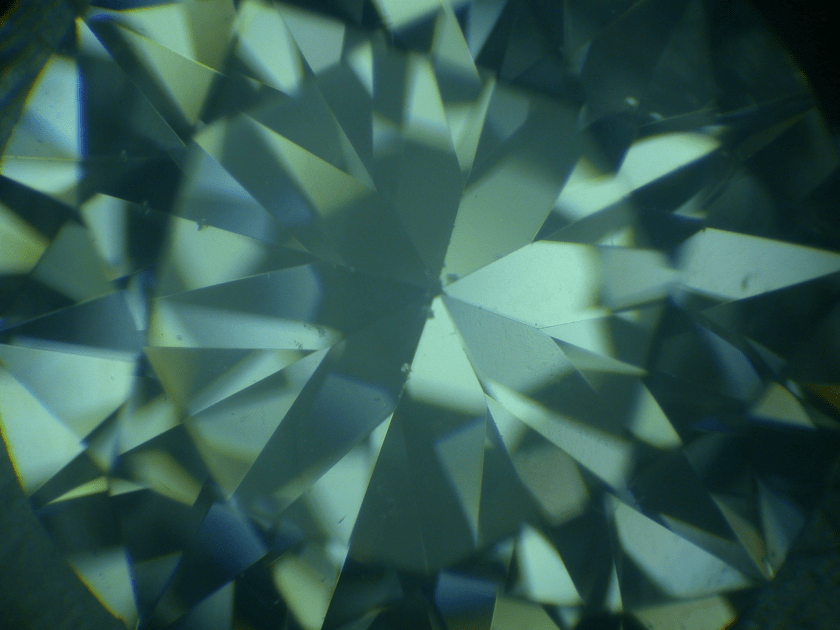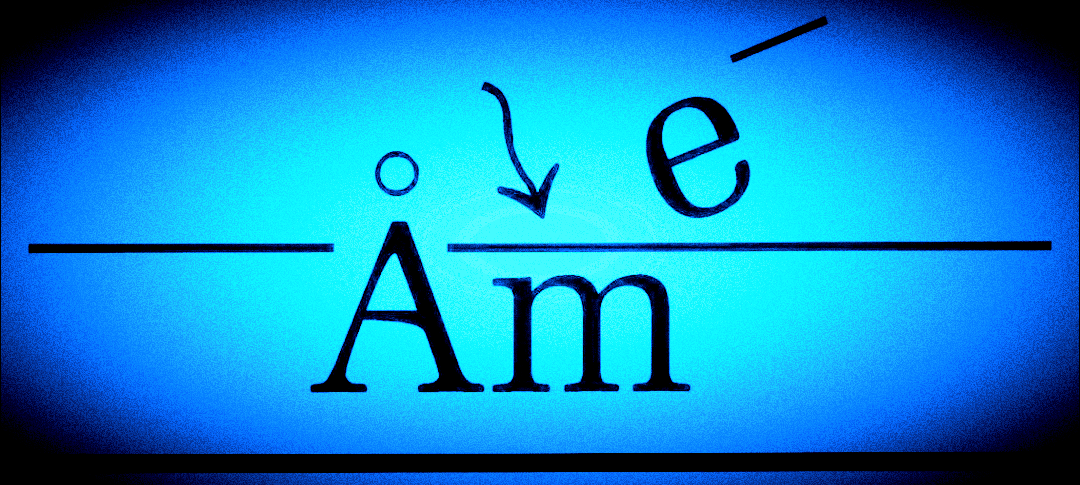In an effort to examine the authenticity of a diamond simulant gemstone offered by Diamond Nexus Laboratories (DNL), we placed an order for a specimen on 27 March 2012. DNL’s claim was interesting: they claimed that their gemstone stood apart from ordinary and cheap cubic zirconia, primarily due to the addition of a corundum (aluminum oxide or sapphire) coating. This coating supposedly endowed the gemstone with superior scratch resistance and strength. Additionally, DNL said that their gemstone was polycrystalline, making their product even more unique.
Background
This wasn’t the first time we had engaged with DNL’s claims. Back in 2007, DNL had claimed that they had a gemstone that was different from yttrium-stabilized cubic zirconia. We decided to test one to see if their claims were true. However, our examination revealed that gemstone was virtually the same from the more widely known Signity yttrium-stabilized cubic zirconia. This raised questions about the truth of DNL’s offerings.
Fast forward to March 2012, when DNL proudly showed laboratory reports on their website, showing the gemstones supposedly improved with a corundum surface coating. Intrigued, we got one of these gemstones for thorough analysis. Much to our disappointment, our investigation revealed that the gemstone received in March 2012 was, in fact, just yttrium-stabilized cubic zirconia, lacking the promised corundum surface coating. Furthermore, contrary to their claim of being polycrystalline, the gemstone was a single crystal, a far cry from the complexity one would expect in a genuine diamond simulant.
Analysis Results
Our careful examination, including high magnification inspection, confirmed that the gemstone did not have the advertised corundum coating. The gemstone was tested through its front facet, with visible damage at the back apex. This showed the damage as a single crystal of yttrium-stabilized cubic zirconia.
Conclusion
For a comprehensive understanding of our findings, we have made the detailed report on the coating available for examination. Due to its length, the report had to be divided into two parts: Report Part 1 and Report Part 2. These documents provide an closer look at our examination process and the differences found in DNL’s claims.
Please contact us to discuss your materials verification needs. We are more than happy to address your concerns and assist you with our expertise.

